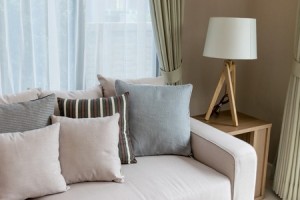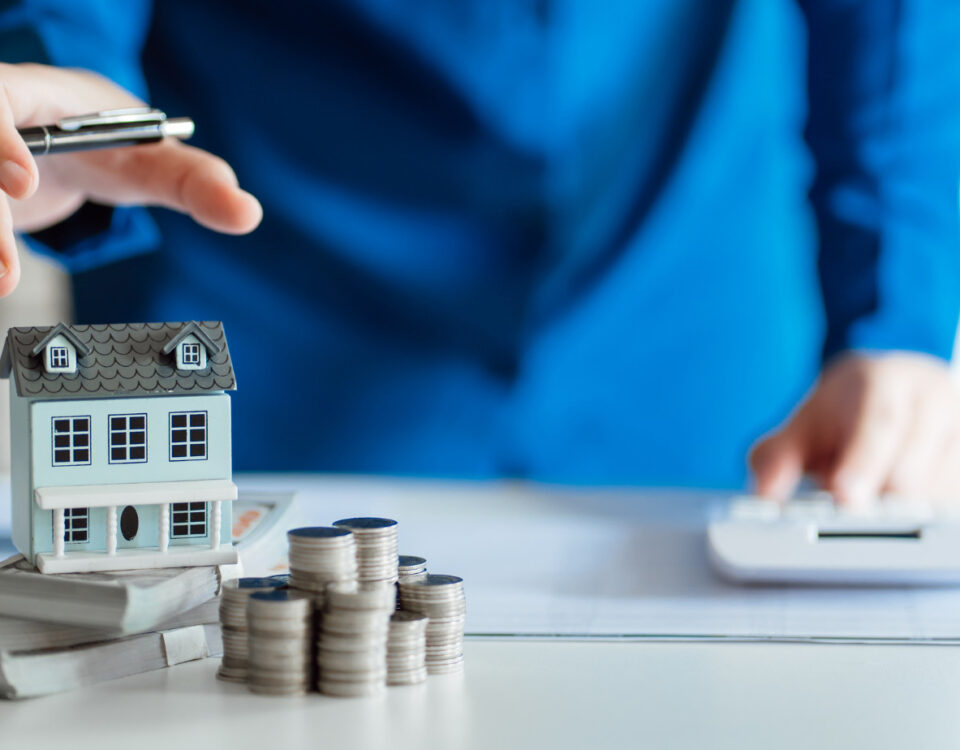- Walk-in Traffic is by Appointment Only - More Details
The Do’s and Don’ts of Staging Your Home
Planning The Effective Association Board Meeting
June 30, 2015Help Your Home Keep Cool This Summer
June 30, 2015 According to a study by the Accredited Staging Professionals (ASP), 95 percent of homes that have been professionally staged sell within 35 days or less and garner offers close to the asking price. When compared to an average of 140 days on the market for non-staged homes, the advantages of staging are clear. Staging enhances a home’s appeal to buyers, allowing them to more easily envision themselves living in the home.
According to a study by the Accredited Staging Professionals (ASP), 95 percent of homes that have been professionally staged sell within 35 days or less and garner offers close to the asking price. When compared to an average of 140 days on the market for non-staged homes, the advantages of staging are clear. Staging enhances a home’s appeal to buyers, allowing them to more easily envision themselves living in the home.
[clear]
However, if your budget does not allow for a professional staging service, consider implementing the following tips from the experts:
Do:
- Let the light in. Opening window shades and including several lamps will create bright and airy spaces that are attractive to buyers. Ensure that rooms feature overhead lighting, task lighting, and accent lighting.
- Eliminate clutter and superfluous furniture. Professional stagers often begin by removing up to a half of the furniture in a house in order to make rooms appear larger. By minimizing the number of personal items, such as photos, that are displayed, buyers will more easily be able to visualize themselves in the home. As a bonus, getting rid of excess belongings early in the process of selling your home will pave the way for a painless packing process when it is time to move.
- Transform bedrooms and baths into relaxing retreats. A bedroom that is adorned with soothing colors, soft lighting, and luxurious bedding will appear irresistibly inviting to buyers. For bathrooms, particularly the master bath, boost appeal by adding a few spa-like touches, like rolled towels, candles, plants, and even a small water feature.
- Employ the Rule of Three when accessorizing. One basic principle of interior design holds that accessories are more visually appealing when arranged in groups of three. While there is no one proper way to apply this rule, consider arranging items in a triangle-like shape with larger items in the back, and grouping them by color, shape, or another common element.
Don’t:
- Attempt to make rooms appear larger by simply pushing furniture against the walls. Instead, arrange furniture functionally so that buyers may easily see the flow of the room. For example, center chairs and sofas around a coffee table, ensuring enough space between items so that the room does not appear cramped.
- Go overboard with heavy fragrances. While it is important to free your home of pet or cooking odors, fragrances arising from heavily scented candles and other air fresheners are likely to be irritating to many buyers. Try freshening the air by opening windows, turning on fans, and lighting candles with a more delicate scent before showing the home.
- Neglect the front yard. First impressions are critical, and buyers will form their first impressions of your property based on the front yard and entryway. Spruce up the yard by trimming overgrown plants and adding some colorful flowers, and ensure that the entrance is inviting with a new welcome mat and a fresh coat of paint on the front door.
- Hide excess belongings in closets in the process of decluttering. One of buyers’ top priorities is sufficient storage space. Assume, therefore, that they will peak into closets, cabinets, and drawers. Enable them to envision themselves living in your home by impressing them with uncluttered closets that display efficient storage systems.



